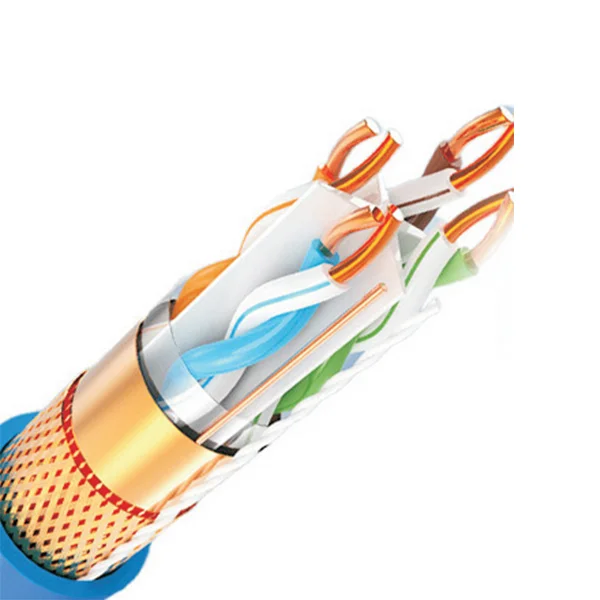In the ever-evolving world of electronics, reliability is paramount. As devices become increasingly complex, the components that make them function are often subjected to stressors that can lead to failure. Understanding which electronic components fail the most can not only help manufacturers improve product design but also assist consumers in making informed decisions about maintenance and repairs. This article delves into the most commonly failing electronic components, the reasons behind their failures, and preventive measures that can be taken to enhance their longevity.
- Capacitors: The Unsung Heroes
Capacitors are essential components in almost every electronic circuit, serving functions such as energy storage, filtering, and voltage regulation. However, they are also among the most frequently failing components.
Reasons for Failure:
- Electrolytic Capacitors: These are particularly prone to failure due to their construction. They can dry out over time, especially when exposed to high temperatures or voltage spikes. The electrolyte inside can evaporate, leading to a loss of capacitance and eventual failure.
- Temperature and Voltage Stress: High temperatures can accelerate the degradation of dielectric materials, while voltage spikes can cause breakdowns.
Preventive Measures:
- Use High-Quality Components: Opt for capacitors rated for higher temperatures and voltages than the application requires.
- Implement Thermal Management: Ensure proper cooling mechanisms are in place to maintain optimal operating temperatures.
- Resistors: The Workhorses of Circuits
Resistors are ubiquitous in electronic devices, controlling current flow and dividing voltages. Despite their simplicity, they can fail, often leading to circuit malfunctions.
Reasons for Failure:
- Overheating: Excessive current can cause resistors to overheat, leading to a change in resistance or complete failure.
- Environmental Factors: Humidity and corrosive environments can degrade resistor materials, particularly in high-precision applications.
Preventive Measures:
- Select Appropriate Ratings: Ensure resistors are rated for the expected power dissipation.
- Consider Environmental Conditions: Use resistors with protective coatings in harsh environments.
- Inductors: The Magnetic Components
Inductors play a crucial role in filtering and energy storage in power supplies and RF applications. However, they can also fail, often due to similar reasons as capacitors.
Reasons for Failure:
- Saturation: When an inductor is subjected to a current beyond its saturation point, it can lose its inductive properties, leading to circuit failure.
- Heat Generation: Like resistors, inductors can generate heat, especially in high-frequency applications, which can lead to insulation breakdown.
Preventive Measures:
- Design for Current Ratings: Ensure inductors are rated for peak currents expected in the application.
- Thermal Management: Implement cooling solutions to dissipate heat effectively.
- Integrated Circuits (ICs): The Brain of Devices
Integrated circuits are the backbone of modern electronics, but they are also susceptible to various failure modes.
Reasons for Failure:
- Electrostatic Discharge (ESD): ICs are sensitive to ESD, which can cause immediate or latent failures.
- Thermal Stress: Rapid temperature changes can lead to mechanical stress and eventual failure.
Preventive Measures:
- Implement ESD Protection: Use protective components and design practices to minimize ESD risks.
- Thermal Management Solutions: Utilize heat sinks and thermal pads to manage heat dissipation effectively.
- Connectors: The Interfacing Components
Connectors are critical for establishing electrical connections between different components. They are often overlooked but can be a significant point of failure.
Reasons for Failure:
- Mechanical Wear: Frequent plugging and unplugging can lead to wear and tear.
- Corrosion: Environmental factors can lead to corrosion, increasing resistance and leading to failure.
Preventive Measures:
- Choose Quality Connectors: Invest in connectors designed for durability and environmental resistance.
- Regular Maintenance: Implement a maintenance schedule to inspect and clean connectors.
Conclusion: Enhancing Reliability in Electronics
Understanding which electronic components fail the most is crucial for both manufacturers and consumers. By recognizing the common failure modes and implementing preventive measures, the reliability and longevity of electronic devices can be significantly improved. As technology continues to advance, ongoing research and development in materials and design practices will play a vital role in minimizing component failures, ensuring that our devices remain functional and efficient for years to come.

